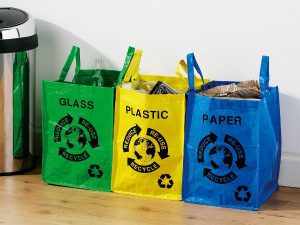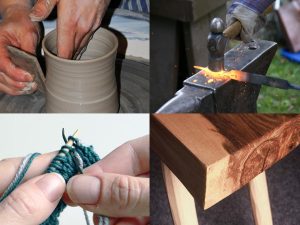Mosaics - introduction
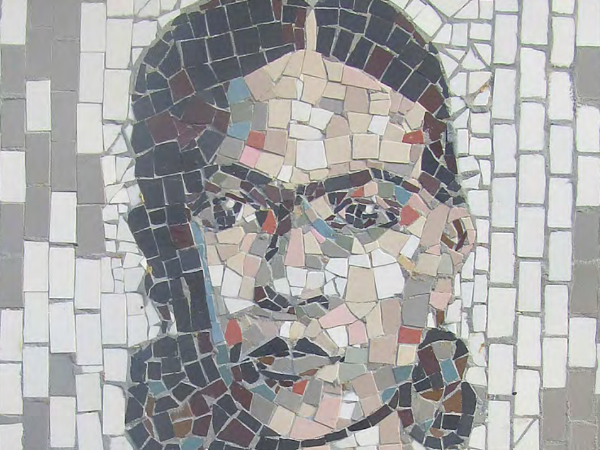
Frida Kahlo by Silvie Jacobi
“Mosaic is painting for eternity.” – Domenico Ghirlandaio
Contents
What are mosaics?
The word mosaic comes from the ancient Greek, and means ‘muse of art’. It’s an original art form – the placing together of tiles or pebbles, made of natural materials, or ceramics, glass and other synthetic materials (or in modern mosaics, any material) to form pictures or abstract patterns. Mosaics have traditionally been used for public and private spaces, both interior and exterior, for pavements, floors, ceilings and walls. They’re part of the culture of every major civilisation in the world.
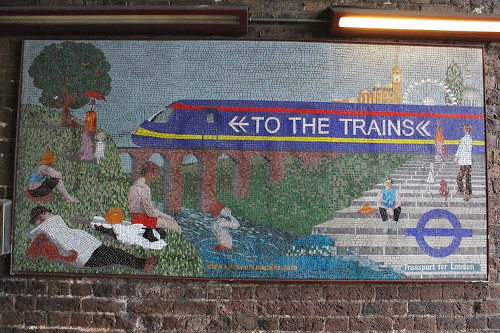
History
The oldest known mosaics were installed in the temple of Inanna in Uruk, ancient Sumeria, in the 3rd millennium BCE, to decorate the columns of the temple. The tradition spread to the Mediterranean, where it became an inspiration for the great flowering of art in classical Greece. Mosaics were taken to incredible heights, for example on the palaces of Philip II, in the 4th century BCE, with its extremely life-like pebble mosaics with lead surrounds.
The Romans were famous for their mosaics of course, and many public areas, including pavements and walls, were covered in mosaics. Individuals showed off their wealth with mosaics on their property. There’s also evidence of pre-Roman pebble mosaics in Britain – in fact coloured stones have been used to make patterned mosaics all over the world. There’s evidence that mosaics have been made in China for thousands of years, for example. They have a particular tradition of pebble mosaics – there are 900 pebble mosaics in the Forbidden City.
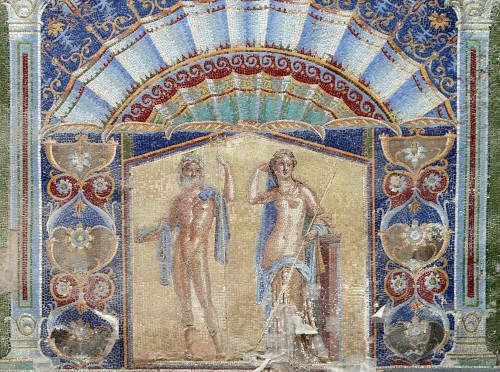
In the West, after Rome, mosaics moved from floors to walls and ceilings, and were used to transmit religious messages to ordinary people in churches and cathedrals, and then via Byzantium to the mosques of the Islamic world. St. Mark’s Basilica in Venice and the Golden Temple in Amritsar house particularly spectacular religious mosaics.
Mosaics lost favour in the Renaissance – probably because it was more expensive than painting, and the merchant and banker patrons of the arts wanted to see lifelike portraits of themselves. So painting took over as the major art form. There was a revival in the Victorian era, especially with Gaudi in Barcelona, and then with Hundertwasser in Vienna in the 20th century.
Mosaics are not officially recognised as a traditional craft, not registered with the Crafts Council, and have never been taught at university level.
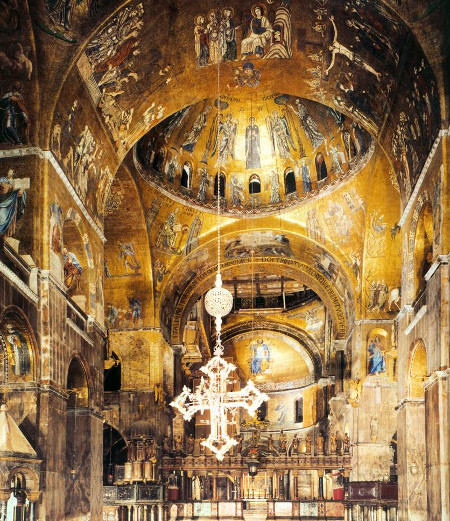
What are the benefits of mosaics?
Anyone can have a go at making mosaics – it’s very accessible, and it’s very popular in schools. The materials can be very cheap, or even free, found materials – although on the downside, mosaic-making can be very labour intensive.
Mosaics are a public art form, that help to reclaim public spaces for the people, and to make them unique, beautiful and interesting. They particularly help to liven up drab concrete, which can lift people’s spirits in urban areas. The value that Gaudi’s mosaics have brought to Barcelona is unquantifiable.
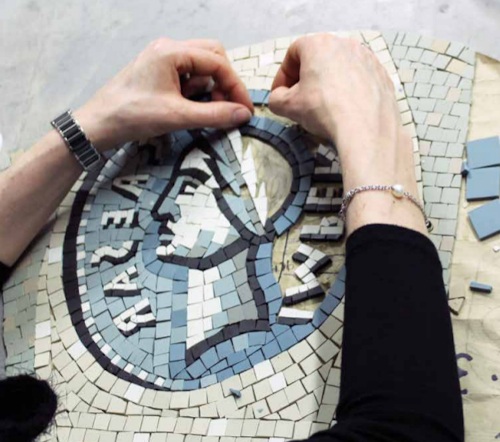
Two of the main causes of depression are a bleak environment and unemployment. Mosaics could provide a solution to both of those problems. And working with mosaic is very therapetutic in itself.
Mosaics are very hard-wearing, and last much longer than painted surfaces; so if you make a mosaic, you’ll be giving something to future generations as well as your own; and it’s not just visual – mosaics are for touching too. They don’t need to be protected, but over time, they do need maintenance.
What can I do?
To start, you’ll need to get some materials to make a mosaic with. You can start to practice with broken crockery, or tiles that have been thrown out. Look in skips or ask at a tile shop. You can use tile cutters if you want to turn your pieces of tile into specific shapes.
The tiles are stuck onto adhesive cement, and then grouted – although in some traditions, no grout is used (e.g. the Byzantines, who placed the tiles close together without grout). You can use the same adhesive cement and grout that’s used for tiling bathrooms or kitchens – nothing fancy; or you can practice with more sustainable materials. The 5000-year old tiles at the Temple of Inanna were probably secured with a mud or lime adhesive, which is super-sustainable, and 5000 years isn’t bad!
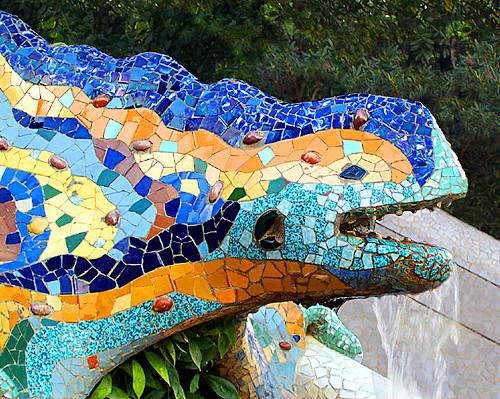
Something solid, like brick or concrete walls & floors are good for mosaics, although they work on wood too, but it won’t be as permanent, and would have to be indoors. You can practice with small projects on wood though. You can start as small as you like – a coaster, for instance.
Also, you can draw your idea onto craft paper, and paste your tiles onto it (remembering that the finished mosaic will be in reverse), using diluted PVA glue, or with flour and water. Then spread adhesive cement onto a wall (or wherever you want your mosaic) and push the tiles into the cement (with the paper facing you), and when it’s set, wet the paper and peel it off – and then grout it. This method allows you to work indoors, in a studio.

If you enjoy it, and want to try bigger projects, you can take a course, or volunteer on a project that’s happening near you. Check the website of the British Association for Modern Mosaic for ideas, and / or ask your local authority, or search online for mosaics and the name of your town. There are plenty of mosaic practitioners around, and if they get a big commission, they welcome volunteers. Some London School of Mosaic commissions have involved hundreds of volunteers.
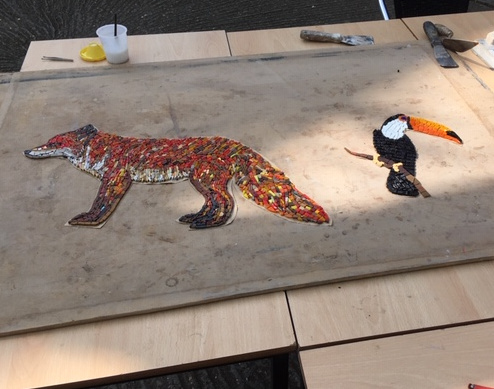
Health and safety: the obvious stuff really. Sharp, broken ceramics or glass can cut your hands, so be careful, or wear goves (and wear gloves to protect against the cement too); and wear googles (if you don’t wear glasses) to keep small shards away from eyes. Have some plasters around – but it’s not the most dangerous activity.
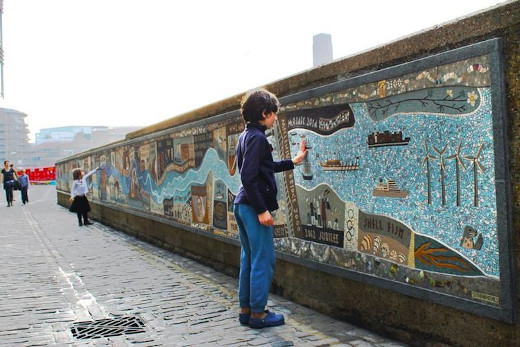
It’s possible to make a career in mosaic-making. There are around 20 people making a living from it in the UK, but it could be many more. Any local authority, any mayor who wants to make their town more distinctive and attractive, or any private institution who wants to do the same for their buildings, can commission a mosaic artist.
Specialist(s)
Thanks to David Tootill of the London School of Mosaic for information and images.
The specialist(s) below will respond to queries on this topic. Please comment in the box at the bottom of the page.

David Tootill founded Southbank Mosaics in 2004 and transformed it into London School of Mosaic in 2017. He is a self-trained mosaic artist, and holds a degree in Modern History. His enthusiasm for mosaic comes from his mission to enliven public space, and using mosaic as a collective practice that engages the whole community. David is actively involved with British Association of Modern Mosaic.


